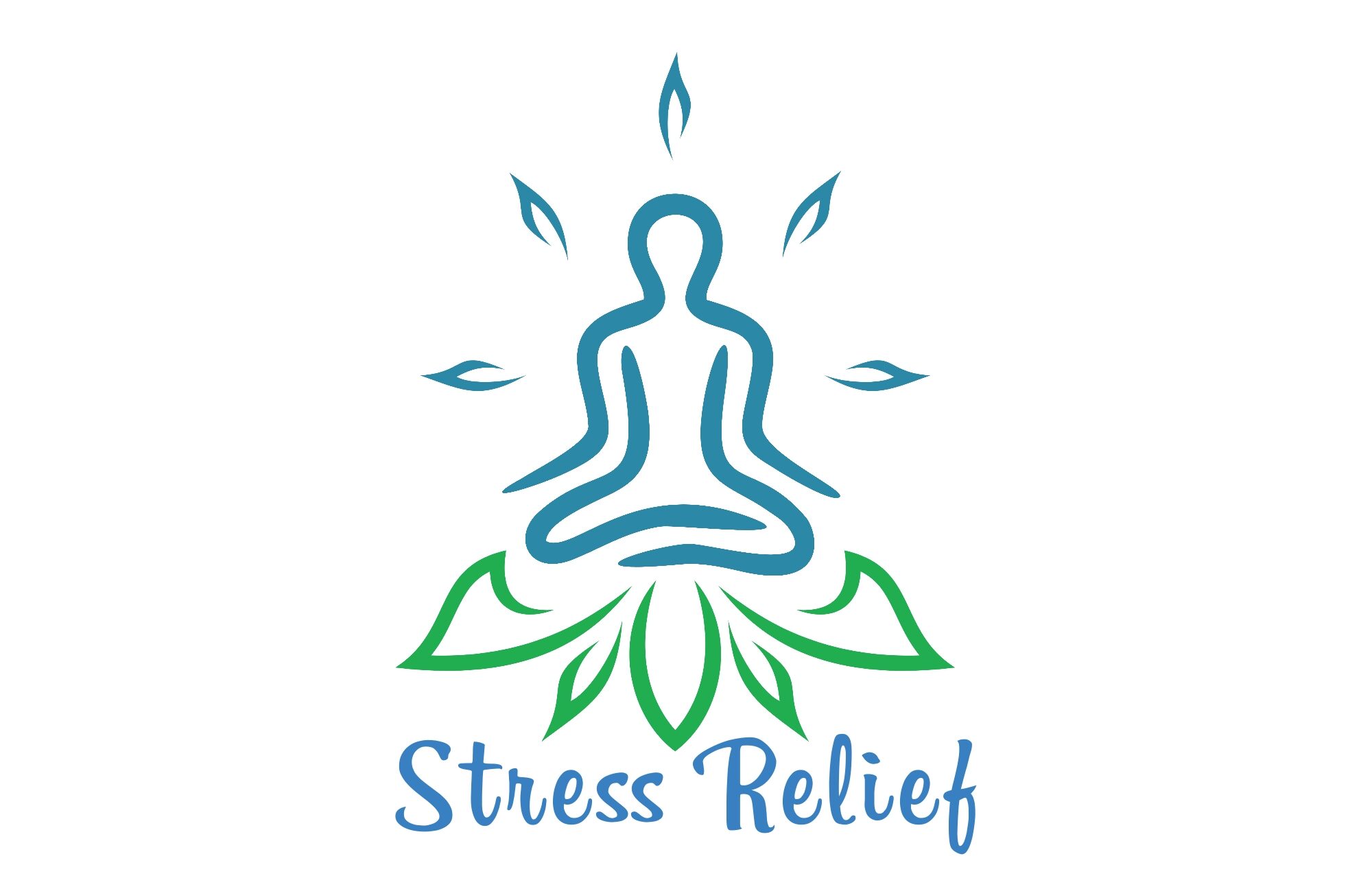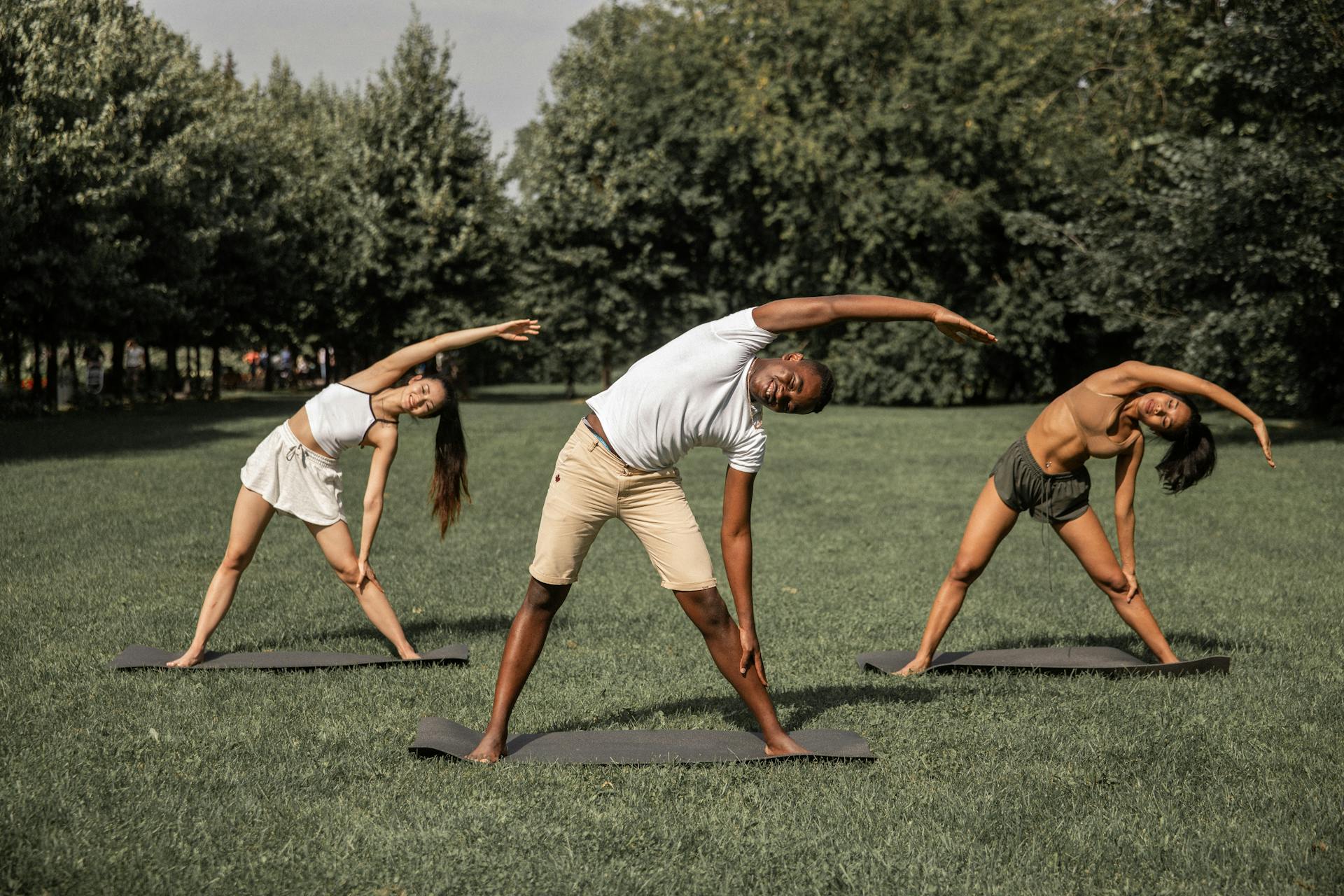I. Introduction
A. Understanding the impact of Exercise Routines For Stress Relief
Stress has become companion in our fast-paced lives, impacting our overall well-being. From the physical symptoms of tension and fatigue to the mental strains of anxiety and burnout, stress can significantly hinder our ability to lead a fulfilling life.
B. Link Between Exercise and Stress Reduction
Numerous studies have highlighted the powerful connection between exercise and stress reduction. Engaging in regular physical activity not only helps improve our physical health but also works wonders for our mental and emotional well-being. By incorporating exercise into our daily routines, we can effectively combat the negative effects of stress.

C. Introduction to the concept of adaptive exercise routines
Adaptive exercise routines offer a unique approach to stress relief by recognizing the individuality of each person’s needs and preferences. These routines are personalized to cater to the specific requirements and capacities of individuals, ensuring that they receive the maximum benefits from their exercise regimen.
II. The Science behind Adaptive Exercise
A. Exploring the concept of adaptability in exercise routines
- How adaptive exercise routines cater to individual needs
Adaptive exercise routines are designed to cater to individual needs by considering factors such as fitness level, stress triggers, and personal preferences. This approach ensures that exercises are tailored to the specific requirements of each person, maximizing their ability to relieve stress.
- Understanding the importance of personalized exercise programs
Personalized exercise programs play a crucial role in stress reduction as they take into account an individual’s unique circumstances. By tailoring exercises to suit the individual’s capabilities and limitations, adaptive exercise routines help create an environment where stress can be effectively managed.
- Benefits of adaptive exercise routines over traditional approaches
Unlike traditional exercise routines that follow a one-size-fits-all approach, adaptive exercise routines offer personalized solutions. This customization ensures that participants can engage in exercises that are enjoyable, safe, and aligned with their specific goals. It is this adaptability that sets adaptive exercise routines apart, making them the ideal choice for stress relief.
B. The role of exercise in stress management
- How physical activity supports mental health
Physical activity has a direct impact on our mental health, and exercise is no exception. Engaging in regular exercise stimulates the production of endorphins, neurotransmitters responsible for promoting feelings of happiness and well-being. Additionally, exercise reduces the levels of stress hormones in our bodies, leading to improved mood and enhanced overall mental well-being.

- Scientific evidence linking exercise and reduced stress levels
Scientific studies have consistently demonstrated the link between exercise and reduced stress levels. Exercise has been shown to lower the production of cortisol, the primary stress hormone, while simultaneously increasing the release of endorphins. These physiological changes result in decreased stress levels and improved emotional resilience.
- Stress-relief mechanisms activated by exercise
Exercise activates various stress-relief mechanisms within our bodies. Physical activity promotes the release of endocannabinoids, natural cannabinoids produced by our bodies. These endocannabinoids interact with receptors in the brain, reducing anxiety and promoting relaxation. Additionally, exercise increases blood flow to the brain, improving cognitive function and reducing stress.
III. Designing an Adaptive Exercise Routine
A. Assessing individual fitness levels and stress triggers
- Importance of customized assessments
Customized assessments form the foundation of designing an effective adaptive exercise routine. These assessments consider an individual’s fitness level, overall health, and underlying stress triggers. By understanding an individual’s specific needs, professionals can create tailored exercise programs for optimal stress relief.
- Identifying personal stress triggers
Identifying personal stress triggers is crucial for addressing them effectively. By recognizing the factors that contribute to stress, individuals can modify their exercise routines to specifically target these triggers. For example, if work-related stress is a major trigger, incorporating stress-reducing exercises during work breaks can be highly beneficial.
- Understanding the body’s response to exercise and stress
Understanding how the body responds to exercise and stress is essential for designing effective adaptive exercise routines. Exercise triggers the release of endorphins, which counteract the detrimental effects of stress hormones. By understanding this physiological response, individuals can choose exercises that work best for their unique stress-relief needs.
B. Tailoring exercises based on flexibility and preferences
- Incorporating flexibility exercises for stress relief
Including flexibility exercises in adaptive exercise routines has numerous benefits for stress relief. These exercises promote relaxation, improve posture, and relieve muscle tension. Yoga and stretching routines, for example, are excellent choices as they engage both mind and body, providing double the stress-relief benefits.

- Selecting activities aligned with personal interests and lifestyle
To ensure long-term adherence, adaptive exercise routines should incorporate activities aligned with personal interests and lifestyle. Whether it’s swimming, hiking, dancing, or playing a sport, the key is to select activities that individuals genuinely enjoy. When exercise becomes a source of joy, stress relief naturally follows.
- Integrating mindfulness techniques into adaptive exercise routines
Mindfulness techniques, such as deep breathing exercises and meditation, can be seamlessly integrated into adaptive exercise routines. These techniques help individuals connect with the present moment, promoting a sense of calm and enhancing the overall stress-relief benefits of exercise. Whether it’s incorporating brief meditation sessions before or after physical activities, mindfulness serves as a powerful complement to adaptive exercise.
C. The role of variety and progression in adaptive exercise
- The significance of introducing variety into routines
Variety is the spice of life, and the same goes for adaptive exercise routines. Introducing different exercises and activities not only enhances the enjoyment factor but also prevents monotony and boredom. By regularly changing elements of the routine, individuals are more likely to stay motivated and engaged, leading to better stress management outcomes.
- Progressing adaptively to maintain motivation and interest
Adaptive exercise routines allow for gradual progression, accommodating individuals at every fitness level. By achieving small milestones and setting new goals, individuals can continuously challenge themselves and experience a sense of achievement. This adaptive progression ensures that motivation is maintained throughout the stress-relief journey.
- Adapting the routine based on changing stress levels or circumstances
Adaptive exercise routines are designed to adapt to changing circumstances, including fluctuating stress levels. By monitoring stress levels and adjusting the routine accordingly, individuals can ensure that they are continuously receiving the stress-relief benefits of exercise. This flexibility allows for ongoing stress management and overall well-being.
IV. Effective Strategies for Implementing Adaptive Exercise Routines
A. Seeking professional guidance and support
- Benefits of consulting a fitness professional or therapist
Consulting a fitness professional or therapist can significantly enhance the effectiveness of adaptive exercise routines. These experts possess the necessary knowledge and experience to design personalized exercise programs tailored to individual needs. They can provide guidance, support, and valuable insights to optimize stress relief efforts.

- How to find qualified experts for personalized guidance
To find qualified experts for personalized guidance, individuals can seek recommendations from trusted sources or conduct thorough research. Qualified fitness professionals and therapists will have relevant certifications, experience, and a client-centered approach. Reading reviews and testimonials can also help in selecting the right professional for personalized guidance.
- Collaborating with professionals for optimizing results
Collaborating with professionals throughout the stress-relief journey ensures that individuals receive the best possible support and achieve optimal results. Regular follow-up sessions, progress assessments, and personalized adjustments contribute to the effectiveness of adaptive exercise routines. By working together, individuals and professionals can create sustainable stress management plans.
B. Establishing realistic goals and creating a schedule
- Importance of setting achievable targets
Setting realistic and achievable goals is vital for individuals embarking on adaptive exercise routines. Unrealistic expectations can lead to frustration and demotivation. By starting with small, measurable goals and gradually increasing intensity or duration, individuals can build momentum and experience a sense of accomplishment along the way.
- Creating a feasible exercise schedule
Creating a feasible exercise schedule is key to ensuring consistency in adaptive exercise routines. Individuals should consider their lifestyle constraints, work commitments, and personal preferences when designing their exercise schedule. Allocating specific time slots for exercise and treating them as non-negotiable appointments can help establish a routine that fits seamlessly into daily life.
- Incorporating self-care practices within the routine
Self-care practices should be an integral part of adaptive exercise routines. These practices can include proper hydration, adequate rest, and nourishing nutrition. By prioritizing self-care, individuals can support their overall well-being and maximize the stress-relieving benefits of their exercise routines.
C. The power of tracking progress and adapting accordingly
- Implementing monitoring systems for progress tracking
Tracking progress is an essential aspect of adaptive exercise routines. It allows individuals to observe their growth, celebrate achievements, and identify areas for improvement. Monitoring systems can range from keeping a journal to using fitness apps or wearable devices that track exercise duration, heart rate, and other relevant metrics.
- Recognizing signs to modify or adjust the exercise routine
Recognizing signs that indicate the need for modifications or adjustments in the exercise routine is crucial for optimizing stress relief. These signs can range from physical discomfort to changes in stress levels or energy levels. Being attuned to these signals allows individuals to adapt their routine to address their changing needs effectively.

- Tracking the impact of adaptive exercise on stress levels over time
One of the most compelling aspects of adaptive exercise routines is their long-term impact on stress levels. By consistently tracking the impact of exercise on stress, individuals can document their progress and gain a deeper understanding of their stress triggers and patterns. This knowledge empowers individuals to make informed choices that lead to lasting stress reduction.
V. Summary
In this comprehensive long-form article, we have explored the world of adaptive exercise routines for stress relief. By understanding the scientific basis, design principles, and effective strategies for implementation, readers are equipped with the knowledge and insights necessary to embark on their personalized stress-relief journey. The power of adaptive exercises lies in their ability to address individual needs, promote engagement, and foster holistic well-being.
VI. FAQs (Frequently Asked Questions)
A. What are some common mistakes to avoid when starting an adaptive exercise routine?
- One common mistake is overexerting oneself by setting unrealistic goals or pushing too hard, too soon. It’s important to start gradually and listen to one’s body.
- Another mistake is neglecting proper warm-up and cool-down exercises, which can increase the risk of injury.
- Lastly, individuals should avoid comparing their progress with others, as every journey is unique.
B. Can adaptive exercise routines benefit individuals with chronic stress conditions?
Absolutely! Adaptive exercise routines are designed to cater to individual needs, making them particularly beneficial for individuals with chronic stress conditions. By tailoring the exercises and incorporating stress management techniques, adaptive routines can help manage and reduce stress levels over time.
C. How long does it take to experience the stress-relieving effects of an adaptive exercise routine?
The timeframe for experiencing the stress-relieving effects of an adaptive exercise routine varies from person to person. However, consistent engagement in the routine, typically over a few weeks or months, allows for the necessary adjustments and adaptations to take effect, leading to noticeable improvements in stress levels.
D. Can adaptive exercise routines be incorporated into a busy lifestyle?
Yes, adaptive exercise routines can be tailored to fit into busy lifestyles. By working with professionals and setting realistic goals, individuals can carve out dedicated time slots for exercise. Additionally, incorporating short bursts of physical activity throughout the day, such as taking the stairs instead of the elevator or going for short walks during breaks, can also contribute to stress relief.
E. Are there any precautions to consider before starting an adaptive exercise routine?
Before starting an adaptive exercise routine, it is important to consult with a healthcare professional, especially if there are pre-existing health conditions or concerns. Additionally, individuals should listen to their bodies, avoid pushing beyond their limits, and ensure they have proper footwear and attire to minimize the risk of injury during physical activity.
Remember, stress relief is a personal journey, and adaptive exercise routines offer a customized path to improved well-being. Embrace the flexibility, tap into professional guidance, and discover the tremendous benefits that await you on your stress-relief journey.




